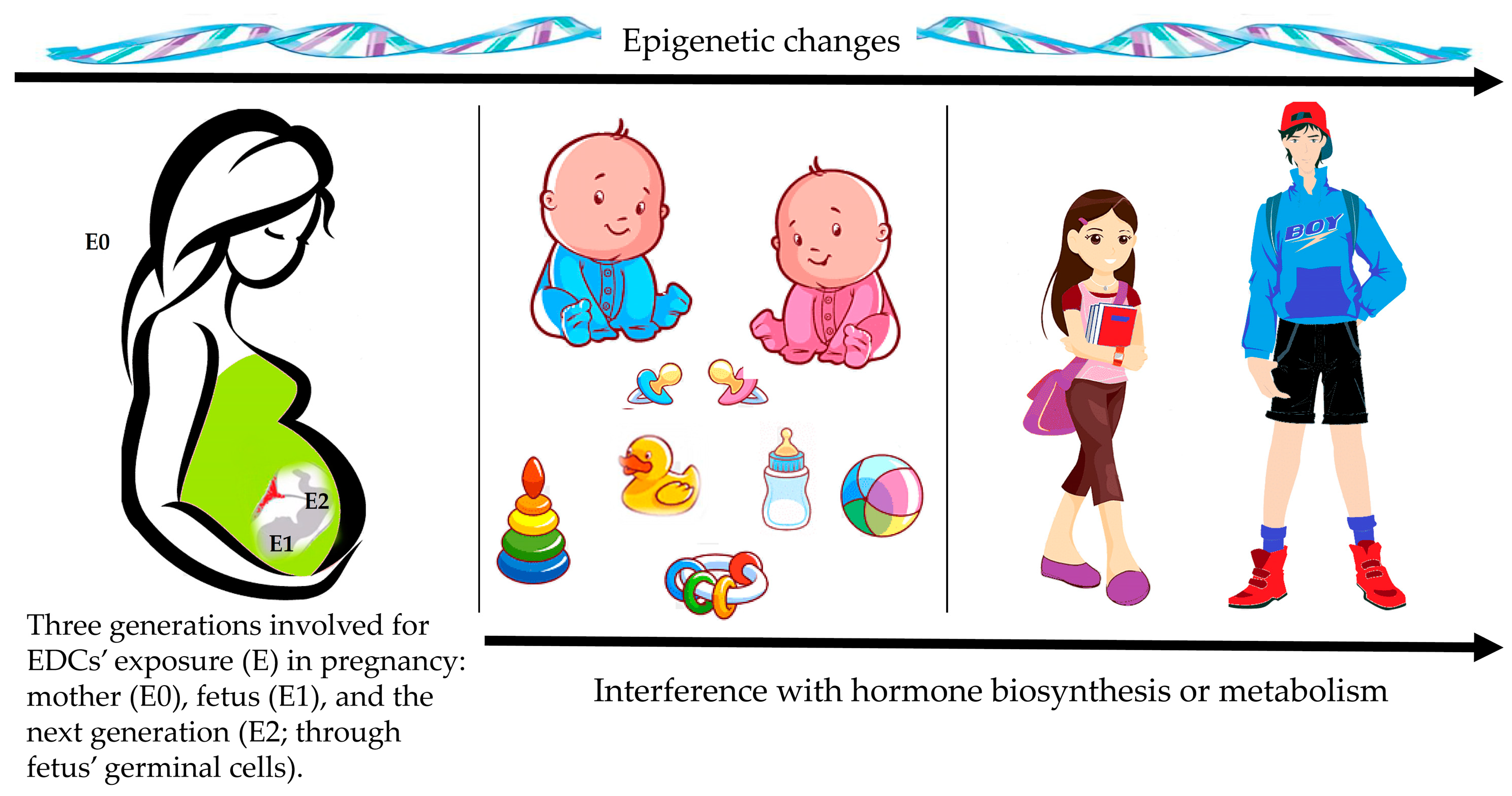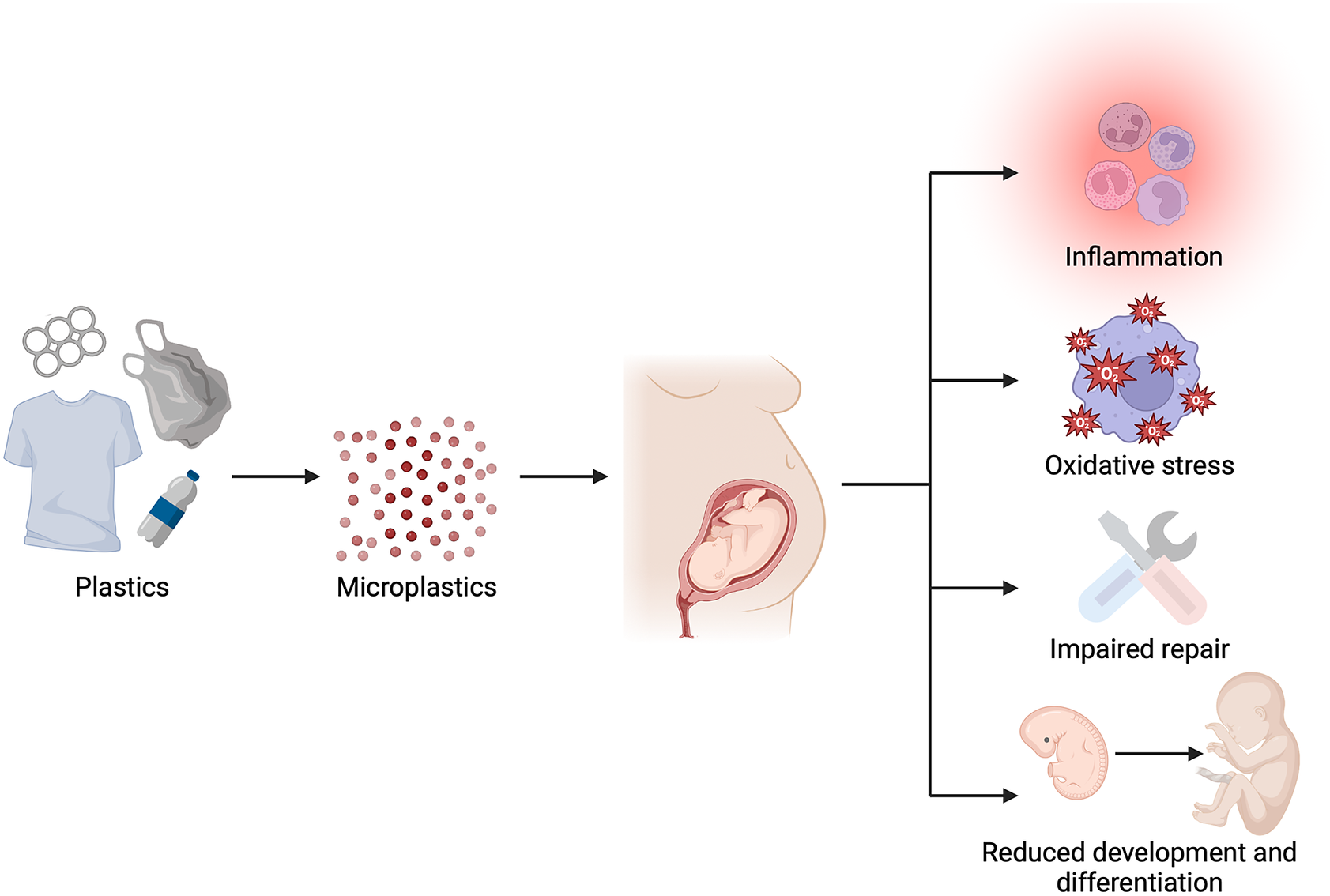Microplastics and Hormonal Disruption in Children: Endocrine Disorder Risks and Research
Microplastics and Hormonal Disruption in Children: Endocrine Disorder Risks and Research
Microplastics are a growing environmental and public health concern, especially for children who are particularly vulnerable to their effects. One of the most alarming risks associated with microplastics is their potential to disrupt hormonal balance and cause endocrine disorders. In this blog post, we will explore how microplastics can interfere with children’s hormonal systems, examine recent research findings, and discuss how to reduce exposure.
How Do Microplastics Cause Hormonal Disruption?
Microplastics often contain or absorb toxic chemicals, including endocrine-disrupting chemicals (EDCs), that can interfere with hormonal function. Here’s how they impact the body:
- Chemical Additives: Many plastics contain bisphenol A (BPA), phthalates, and other EDCs that mimic or block natural hormones.
- Absorption of Pollutants: Microplastics can absorb pollutants from the environment, making them even more harmful when ingested or inhaled.
- Hormone Mimicry: EDCs can bind to hormone receptors, altering normal endocrine function.
How Are Children More Vulnerable to Hormonal Disruption?
Children are at a higher risk of hormonal disruption from microplastics due to:
- Developing Endocrine Systems: Immature hormonal regulation systems are more susceptible to disruption.
- Higher Exposure Rates: Children consume more food and water relative to their body weight.
- Frequent Hand-to-Mouth Behavior: Increased risk of ingesting microplastics from toys and household dust.
Potential Health Effects of Hormonal Disruption from Microplastics
Disruption of the endocrine system during critical developmental periods can have severe long-term health consequences, including:
1. Early Onset of Puberty
- Precocious Puberty: Exposure to estrogen-mimicking chemicals like BPA may trigger early puberty in girls.
- Growth Abnormalities: Hormone disruption can affect growth patterns and physical development.
2. Reproductive Health Issues
- Reduced Fertility: Hormonal imbalances may impair future fertility and reproductive organ function.
- Developmental Anomalies: Altered hormone levels during fetal development can lead to congenital abnormalities.
3. Metabolic Disorders
- Obesity and Diabetes: Disrupted endocrine function can increase the risk of metabolic syndrome.
- Insulin Resistance: Hormonal changes may impair glucose metabolism.
4. Neurological and Behavioral Implications
- Cognitive Impairments: Hormone-sensitive brain areas may develop abnormally.
- Mood and Behavioral Disorders: Disrupted stress hormones may affect mood regulation and behavior.
Recent Research on Microplastics and Hormonal Disruption
Several studies have highlighted the risks of microplastic exposure in relation to hormonal disruption:
- Animal Studies: Research on rodents exposed to microplastics showed altered levels of estrogen and testosterone.
- Human Correlation Studies: Increased levels of BPA and phthalates were associated with hormonal imbalances in adolescents.
- Cellular Studies: Lab experiments demonstrated that EDCs in microplastics could bind to hormone receptors, interfering with their normal function.
How to Reduce Microplastic Exposure and Protect Hormonal Health
Protecting children from microplastic-induced hormonal disruption requires a proactive approach:
1. Choose BPA-Free and Phthalate-Free Products
- Safe Toys: Opt for wooden or fabric toys rather than plastic ones.
- Food Storage: Use glass or stainless steel containers instead of plastic.
2. Filter Drinking Water
- High-Quality Filters: Reverse osmosis and activated carbon filters can help remove microplastics from drinking water.
- Avoid Bottled Water: Choose filtered tap water to reduce plastic exposure.
3. Minimize Processed Foods
- Avoid Plastic Packaging: Fresh, whole foods are less likely to contain microplastic contaminants.
- Prepare Homemade Meals: Minimize reliance on pre-packaged foods.
4. Improve Indoor Air Quality
- Air Purifiers with HEPA Filters: Reduce airborne microplastic particles.
- Frequent Cleaning: Use damp dusting and vacuuming to reduce plastic dust.
Final Thoughts
Microplastics pose a significant threat to children’s hormonal health, with potential long-term consequences that extend into adulthood. By making informed choices about the products we use and the foods we consume, we can significantly reduce exposure and help protect the developing endocrine systems of young children. Staying informed and proactive is key to safeguarding our children's health.
Amazon best seller






Comments